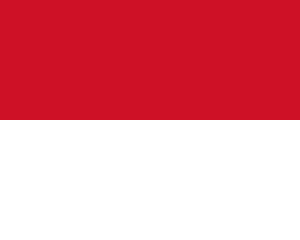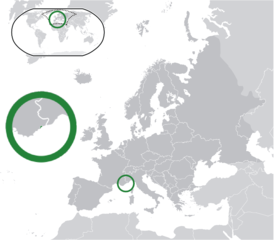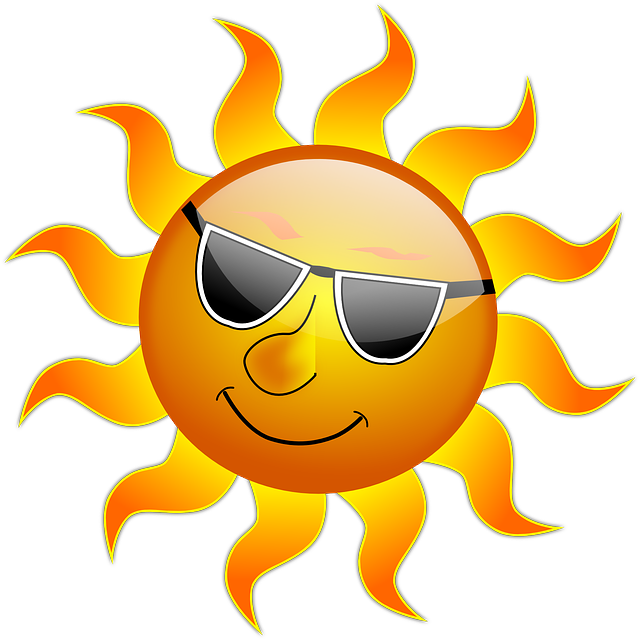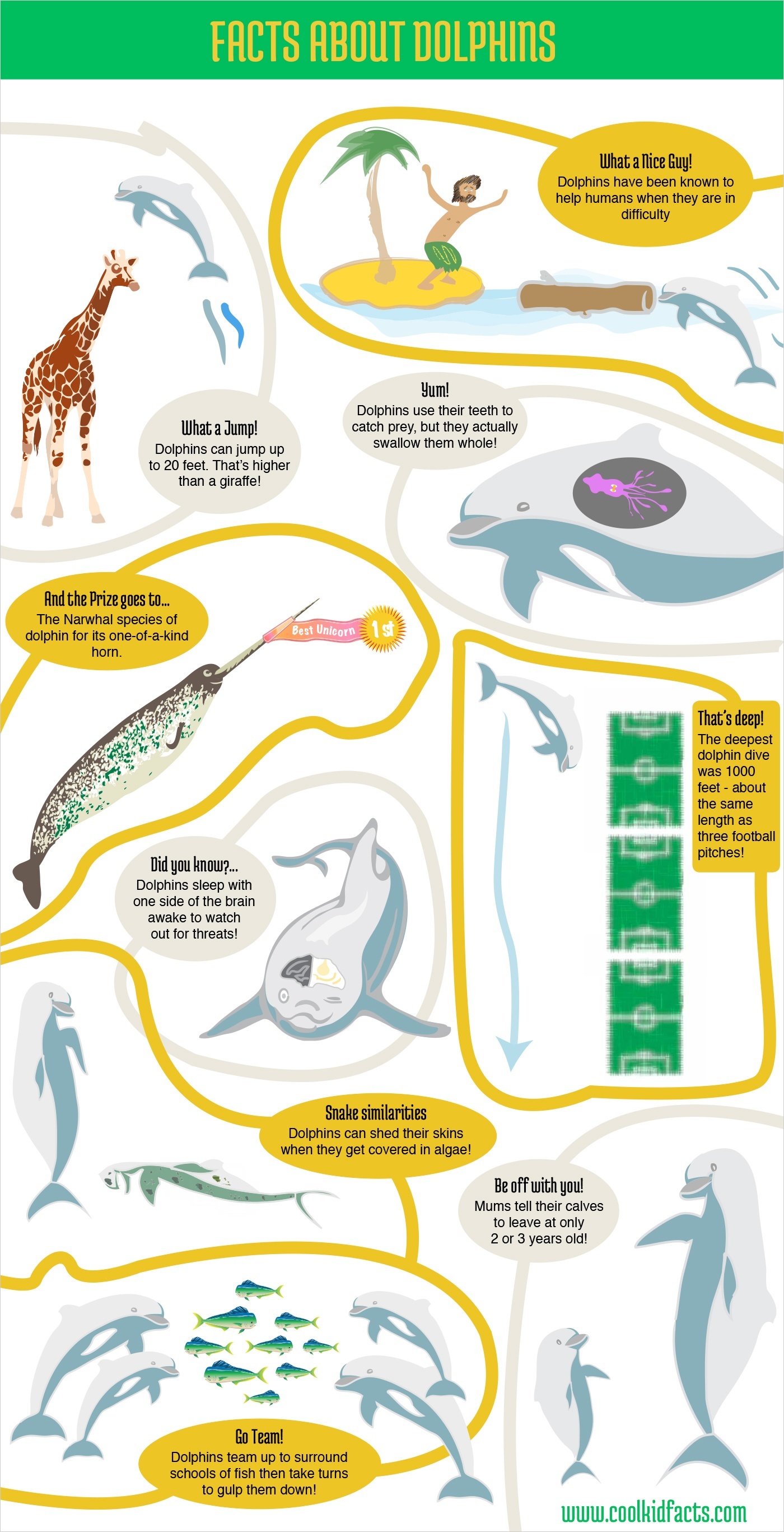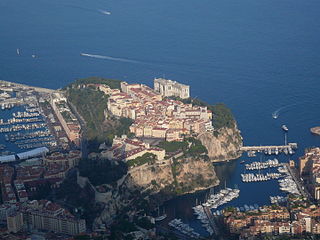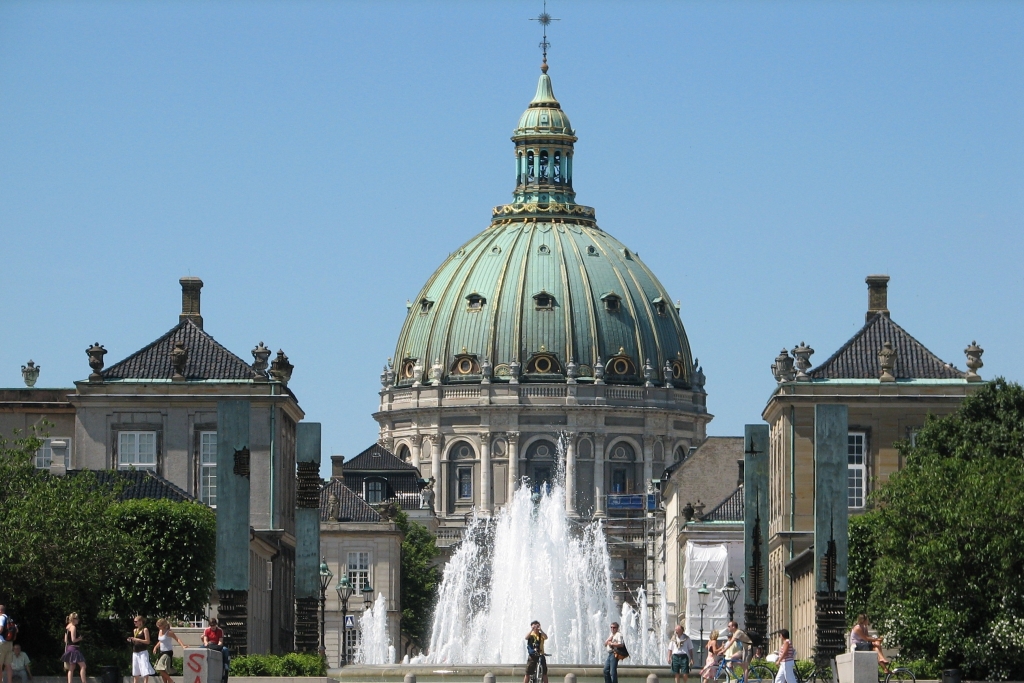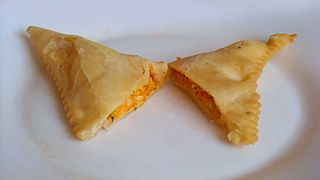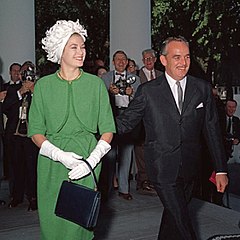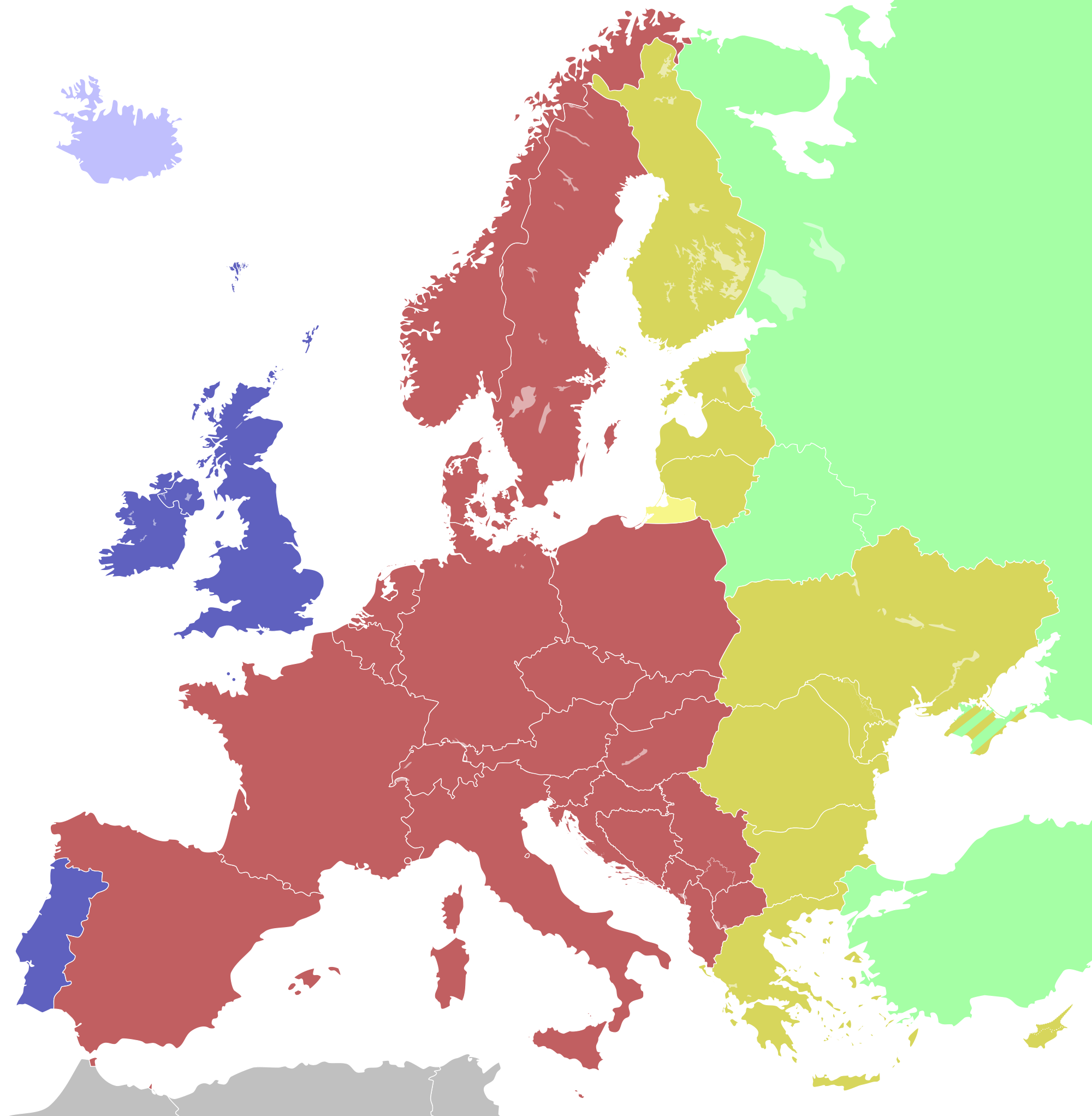Monaco Facts
The second smallest country in the world, Monaco borders France and the Mediterranean Sea. It’s a popular tourist destination known for its casinos, restaurants, hotels, and Grand Prix motor race.
Quick Facts
Capital: Monaco
Population: 39,000
Key Cities: Monaco, Monte-Carlo, La Condamine, Fontvieille, Moneghetti
Official Language: French
Major Religions: Roman Catholic
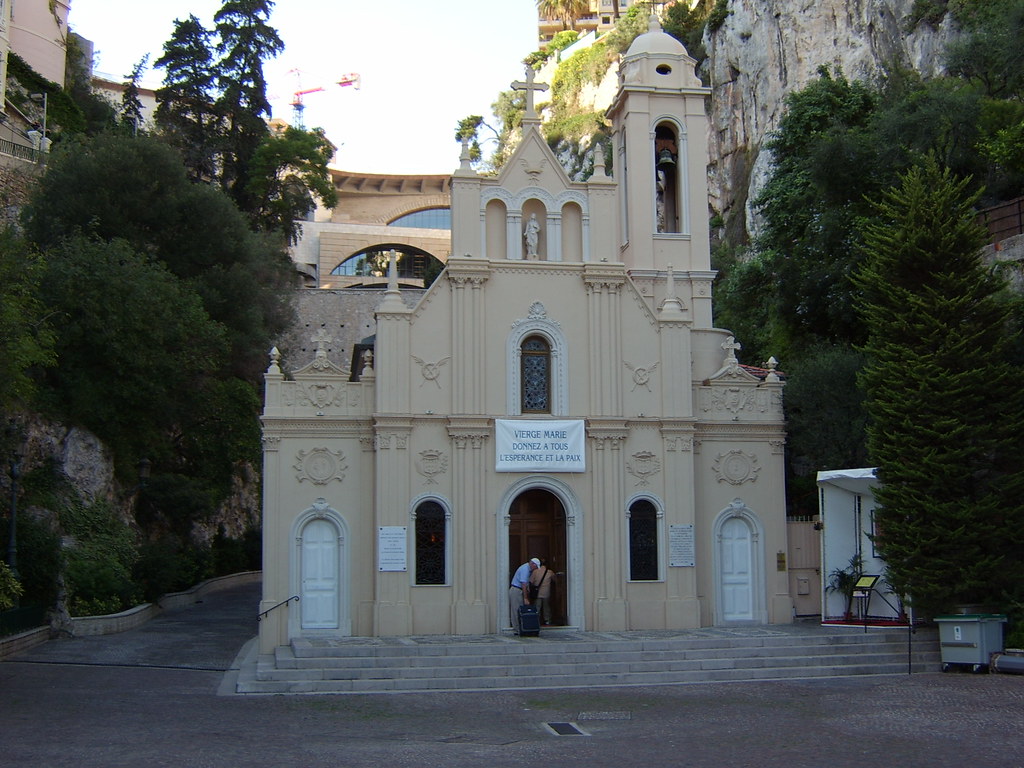
Geography
Bordering Countries: France
Size: 78 sq. miles
Lowest point: Mediterranean Sea at sea level
Highest point: Mont Agel at 459 ft.
Monaco is a tiny European country that is 1,000 times smaller than the smallest U.S. state, Rhode Island! The country is described as hilly, rugged, and rocky.
It’s located on the Mediterranean coast of France, just a few miles from the Italian border. There are no lakes or rivers in Monaco.
Monaco’s climate is temperate, and it’s sunny for more than 300 days each year. Summers are warm and dry, while winters are usually mild and wet.
Summer temperatures are usually in the 80s, with winter temperatures typically in the 40s or 50s (Fahrenheit).
Monaco is home to many Mediterranean trees, flowers, and shrubs. These include roses, palms, aloes, carobs, tamarisks, mimosas, camellias, and orange trees.
Weasels, deer, and foxes are native to Monaco. Both the Atlantic dolphin and the striped dolphin can be found off the coast.
History
In its early history, the geographical feature now known as the Rock of Monaco was a shelter and fortress for humans from the Paleolithic area.
The area’s first permanent settlers were the Ligures from Genoa, Italy. Greek and Roman legend say that the demi-god Hercules passed through and even constructed a port and a coastal road.
Several altars to Hercules lined the road, and a temple dedicated to him was established on the Rock of Monaco. Later, the name Port Hercules was used for the ancient port that he supposedly built.
The region now known as Monaco was later a stopping point for Julius Caesar on his way to Greece. The area was under Roman control for many years.

In 1215, Monaco was originally established as a colony of Genoa. Since 1297, the country has been ruled by the House of Grimaldi. For a period from 1789-1814, it was briefly under French rule.
The Prince of Monaco was the sole ruler of the land until 1911, when the country became a constitutional government.
Monaco and France came to an agreement in 1918. According to the agreement, France would provide some protection to Monaco. In exchange, Monaco would support French policies and financial interests.
Today, Monaco is a constitutional monarchy. The prince is the head of state, but Monaco also has a National Council, or parliament. The country is a member of the United Nations.
Economy
Monaco’s major industry is tourism, but its economy is also supported by banking, ceramics, chemicals, construction, electronics, perfumes, plastics, and textiles. Monaco has no major agricultural products.
In terms of wealth per person, Monaco is the richest country in the world. The average salary in Monaco is about $80,000 per year.
Studies show that about 1/3 of Monaco’s citizens are millionaires. 1 in 56 people is worth at least $30 million. Monaco has no income tax and very low business taxes.
The unemployment rate is close to zero. Monaco’s currency is the Euro.
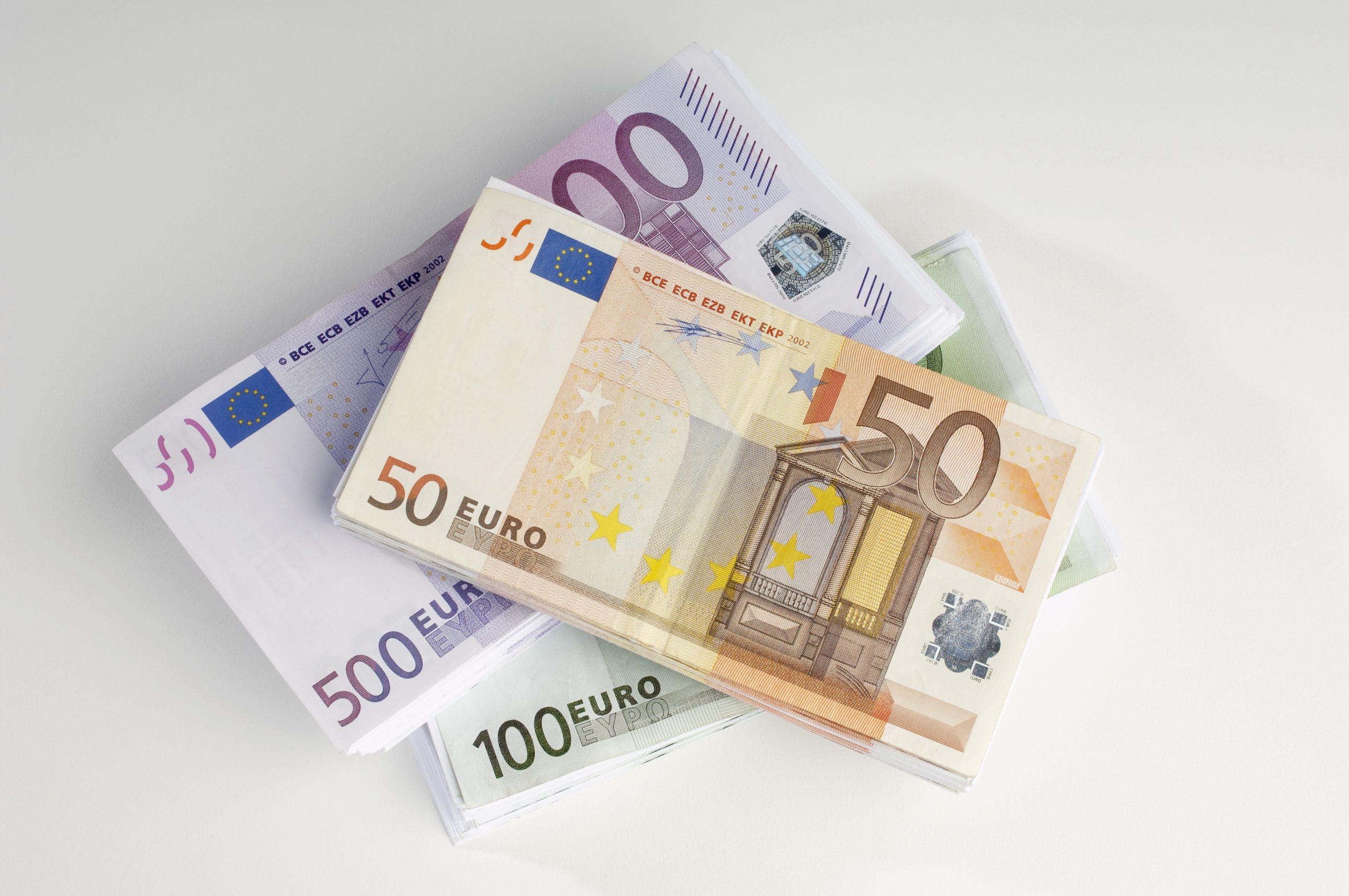
Culture
Monaco’s official language is French. Other languages spoken include Italian, English, Occitan, and Monegasque. Native citizens of Monaco speak Monegasque, but they are in the minority in the country.
About 90% of people in Monaco are Roman Catholic. Most of the remaining population doesn’t practice any religion, but some citizens are Protestant, Muslim, or Jewish.
Since most of Monaco’s citizens are originally from France, the culture is largely French-influenced. The country’s other neighbors, Spain and Italy, have also had some influence.
Thanks to its location on the Mediterranean, Monaco’s most popular dishes include seafood. Cod and anchovy are especially popular, along with French dishes and several Italian pastas.
Fresh vegetables are found in nearly every dish, along with olive oil. Monaco’s specialties include socca (pancakes made with chickpea flour) and stocafi (dried cod cooked in tomato sauce).
Monaco has a laidback atmosphere and dining is usually relaxed. However, guests should bring a small gift when dining in someone’s home, and it’s considered polite to finish everything on your plate.
There are many festivals and celebrations in Monaco, including the International Circus Festival, Monte-Carlo International Fireworks Festival, Spring Arts Festival, and Monaco Yacht Festival.
The Monaco Grand Prix takes place in Monte Carlo each May. The race started in 1955 and is one of the only professional Formula 1 street races.
Fun Facts
Three James Bond films have been shot in Monaco’s famous Casino de Monte-Carlo, usually known as the Monte Carlo Casino.
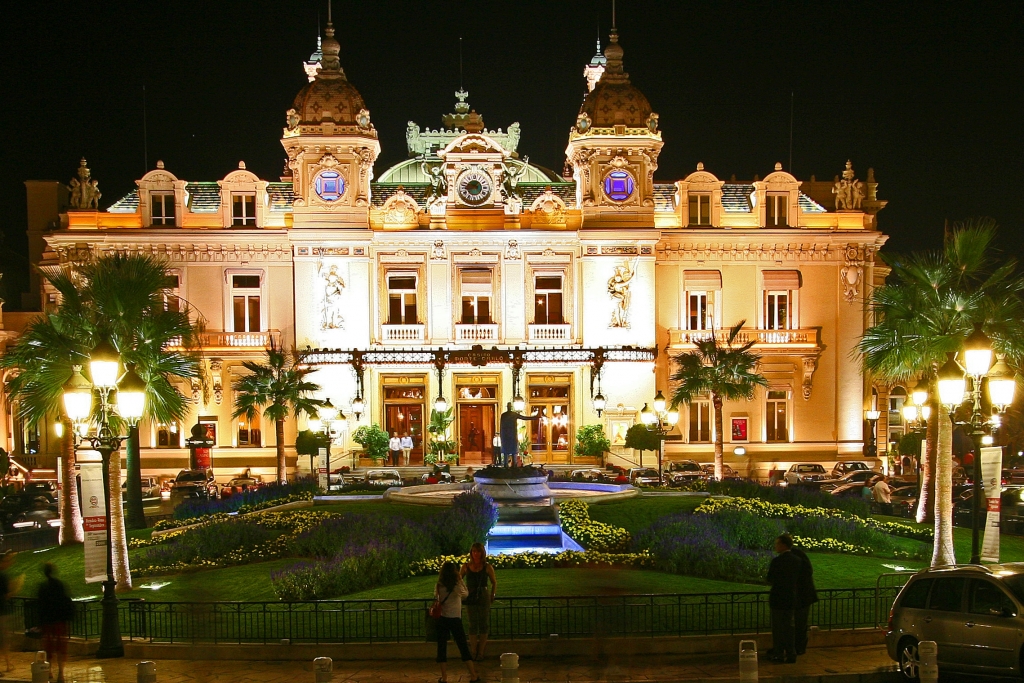
The tiny nation of Monaco receives over 1.5 million visitors each year.
Monaco has many security cameras throughout the principality, and more policemen per person than anywhere else in the world.
Monaco has no airports, only heliports. During the busy season, the country’s heliports receive a helicopter every 20 minutes.
Real estate in Monaco is the third most expensive in the world.
Monaco has the world’s highest life expectancy, at 89.5 years.
The famous American actress Grace Kelly married Prince Rainier III of Monaco, becoming the country’s princess. Their son, Albert II, is the current ruler of Monaco.

